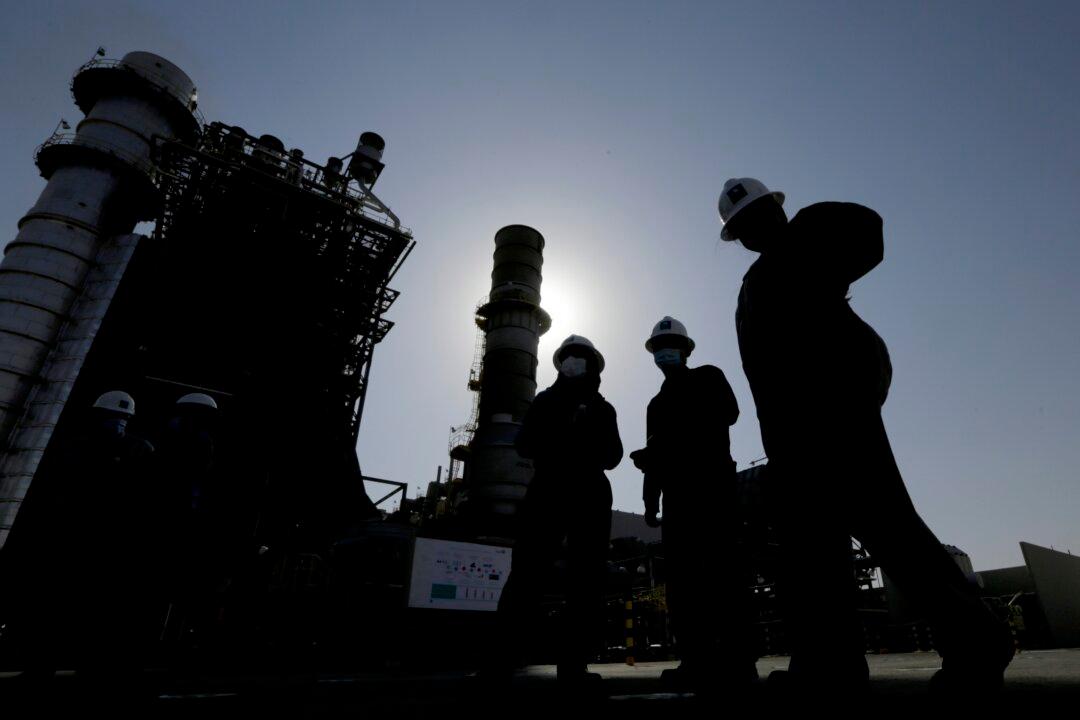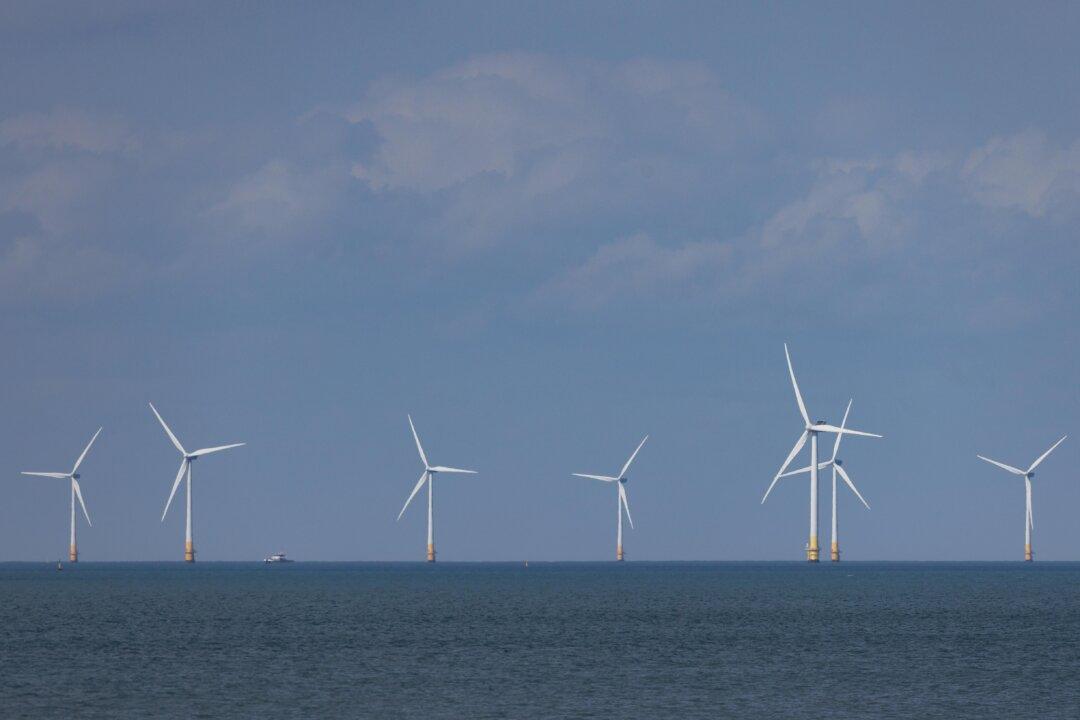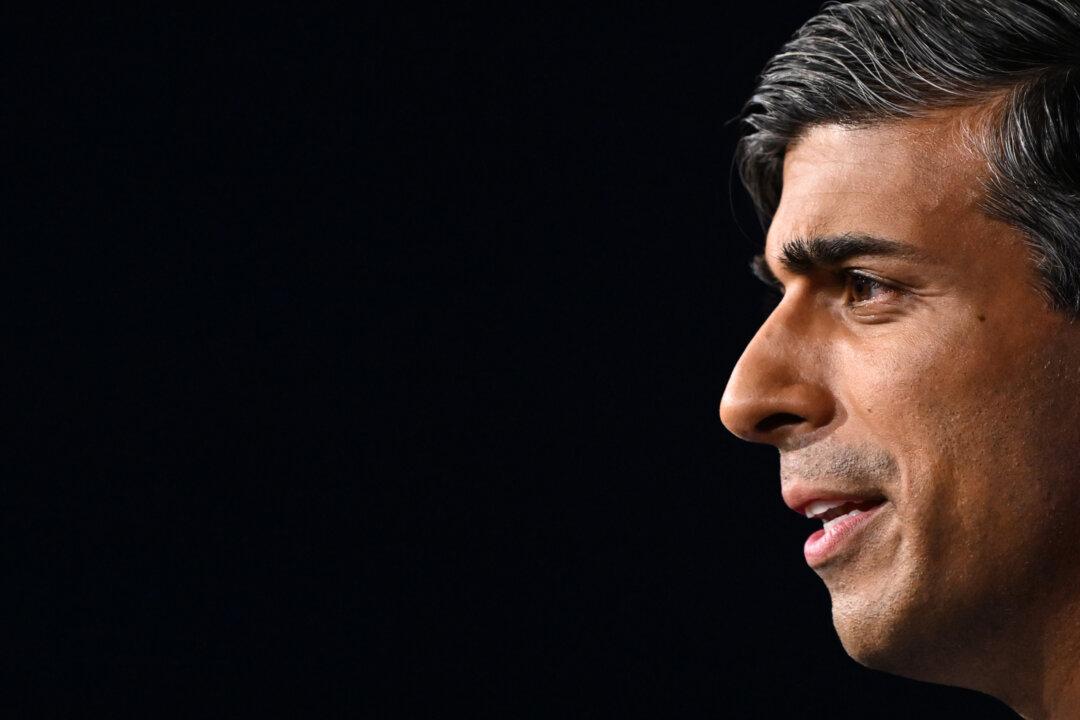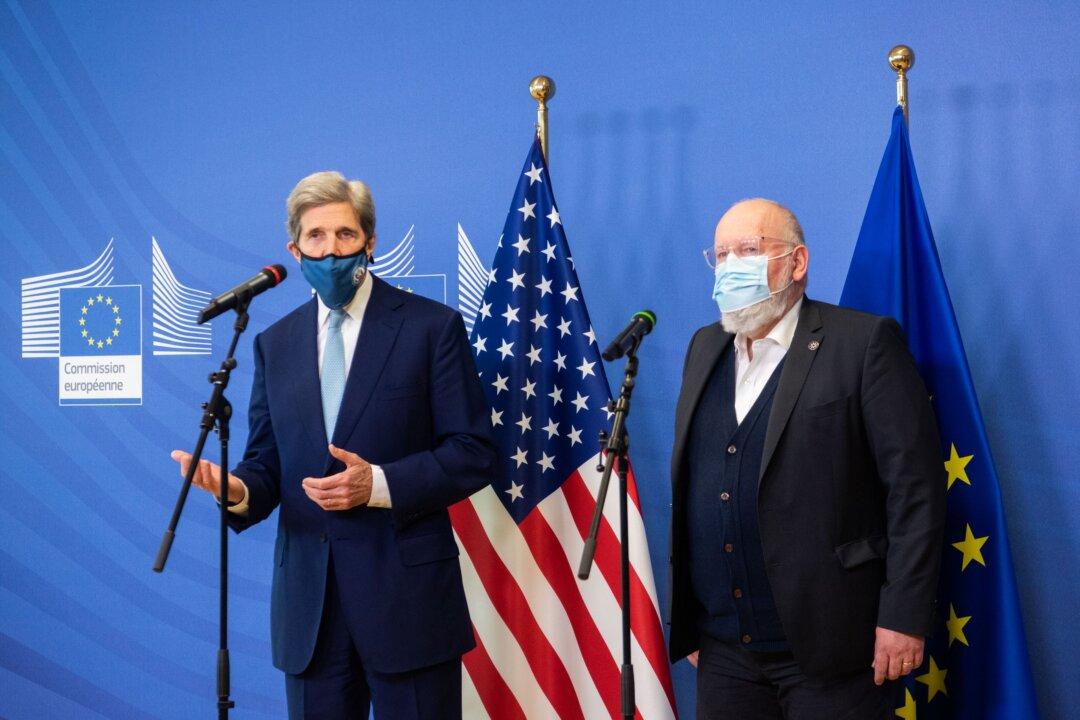Commentary
A puzzle of contemporary society is the broad acceptance by young people—millennials and Generation Z—of their lot. True, they haven’t been conscripted to fight an inglorious war as the early baby boomers were in Vietnam. But in many other respects, they have strong grounds for feeling shortchanged. Economies in the developed world haven’t boomed as they did in the decades immediately after World War II. The expansion that started in the 1980s sputtered after the dotcom bust at the turn of the century. The economy glowed only thanks to a central bank-stoked housing boom that led to the economic equivalent of a cardiac arrest in the 2007–08 financial crisis.





